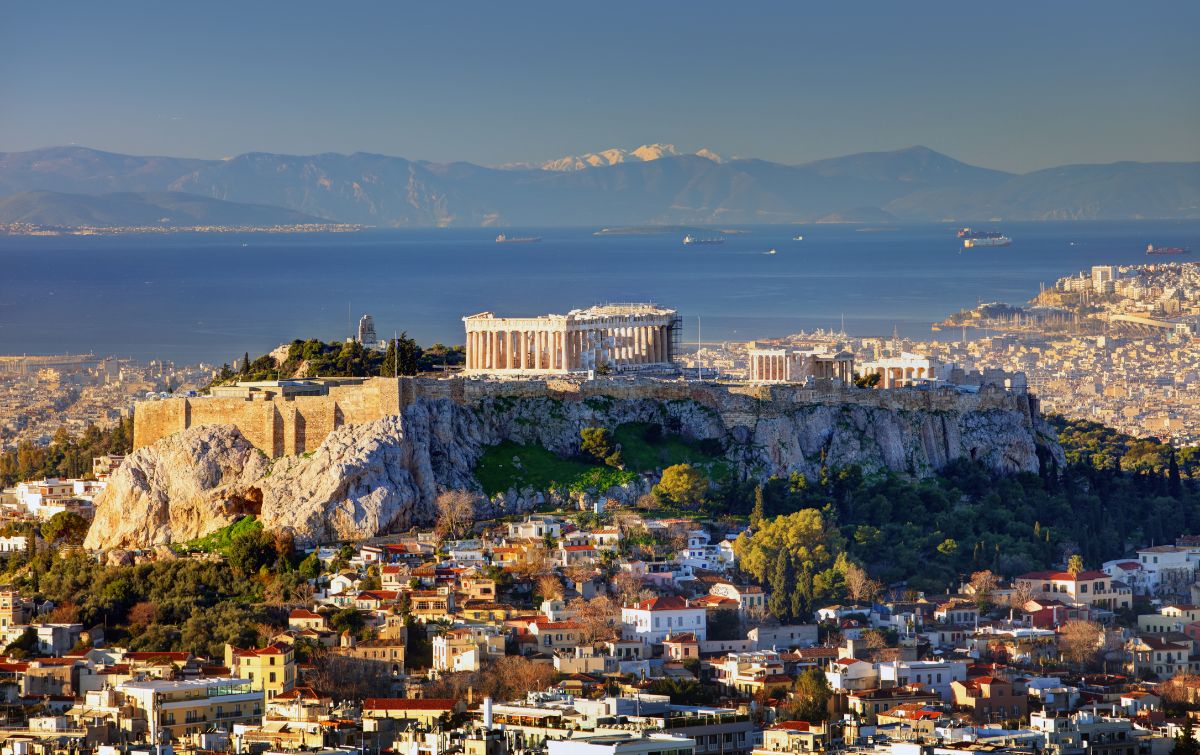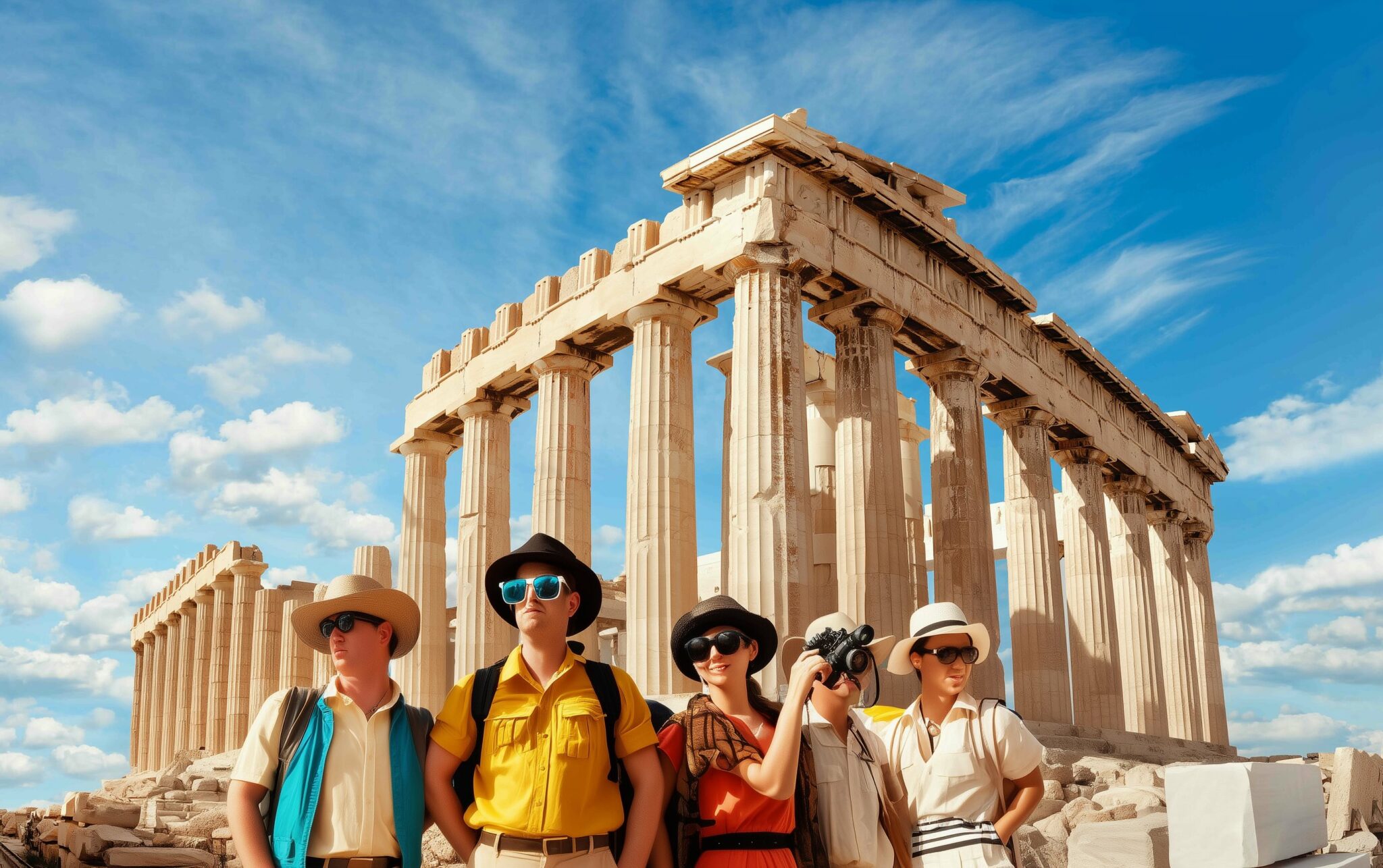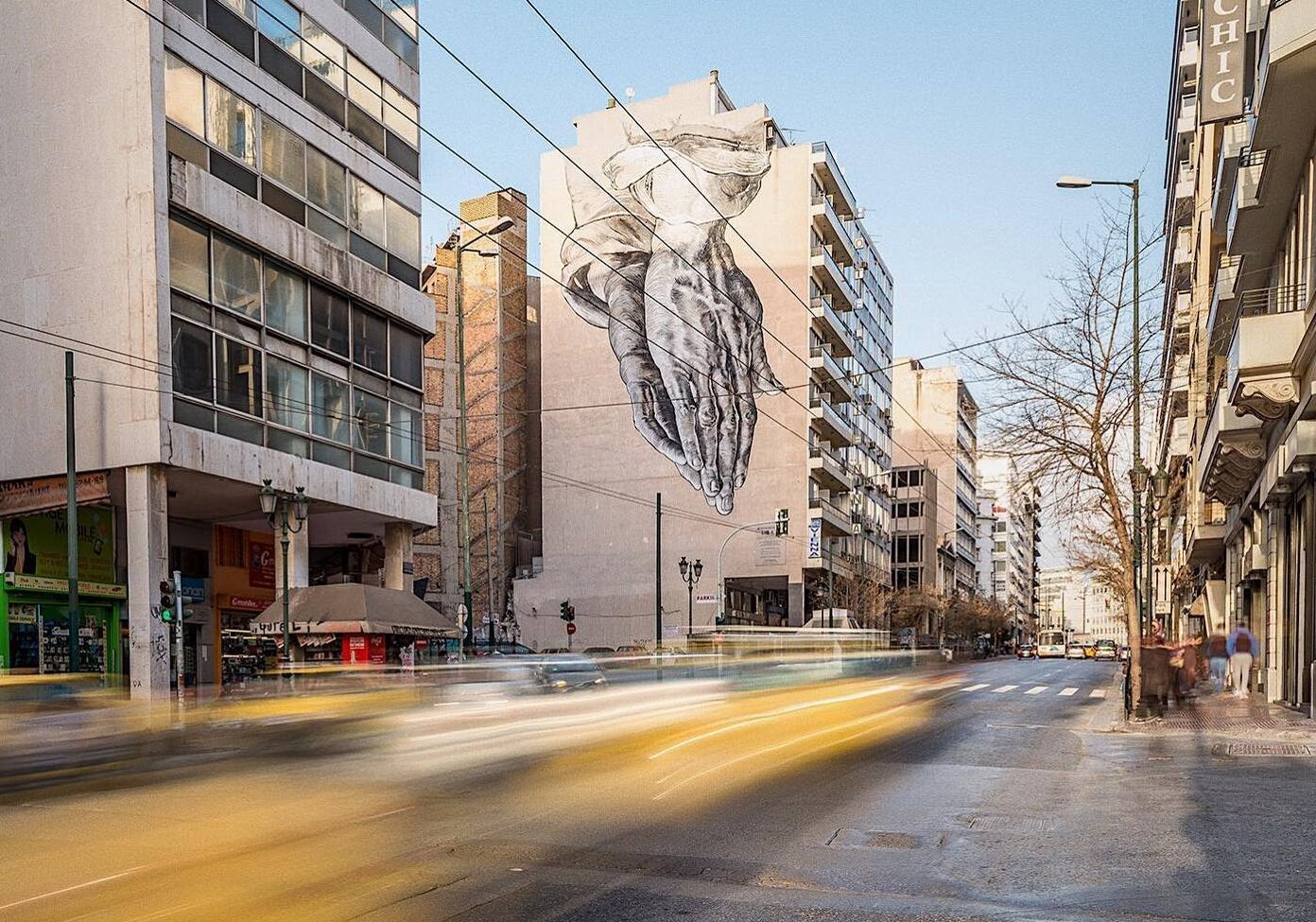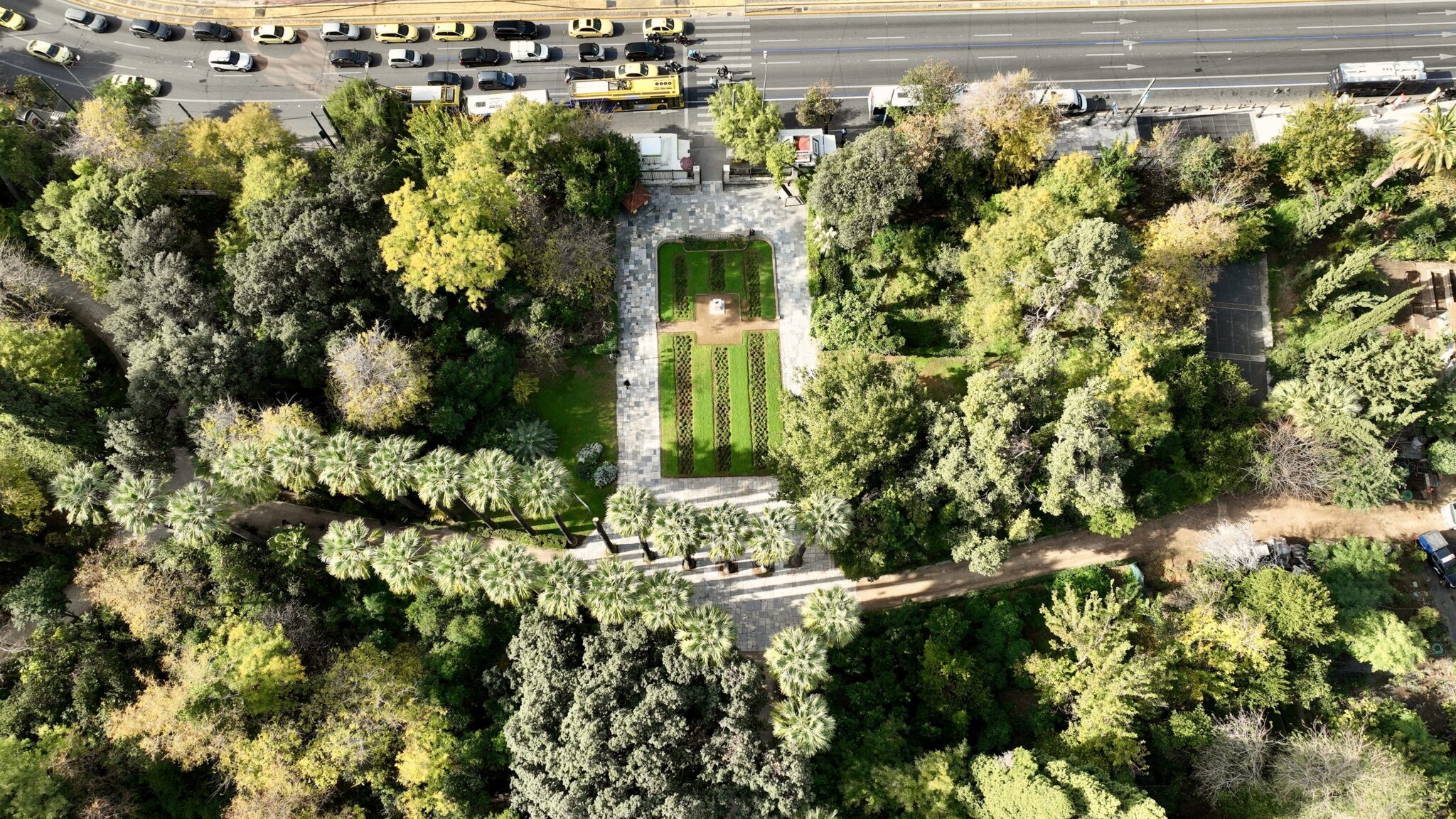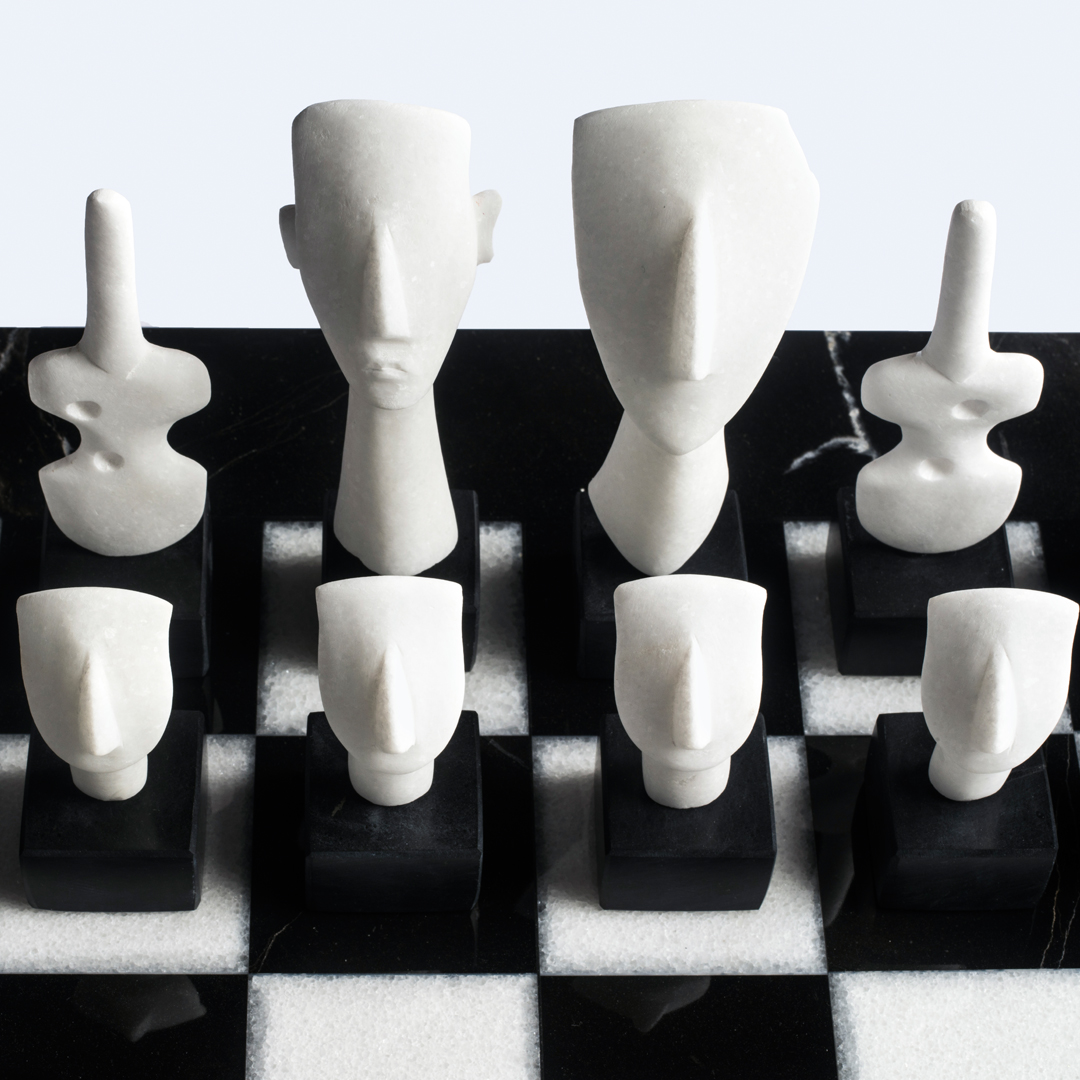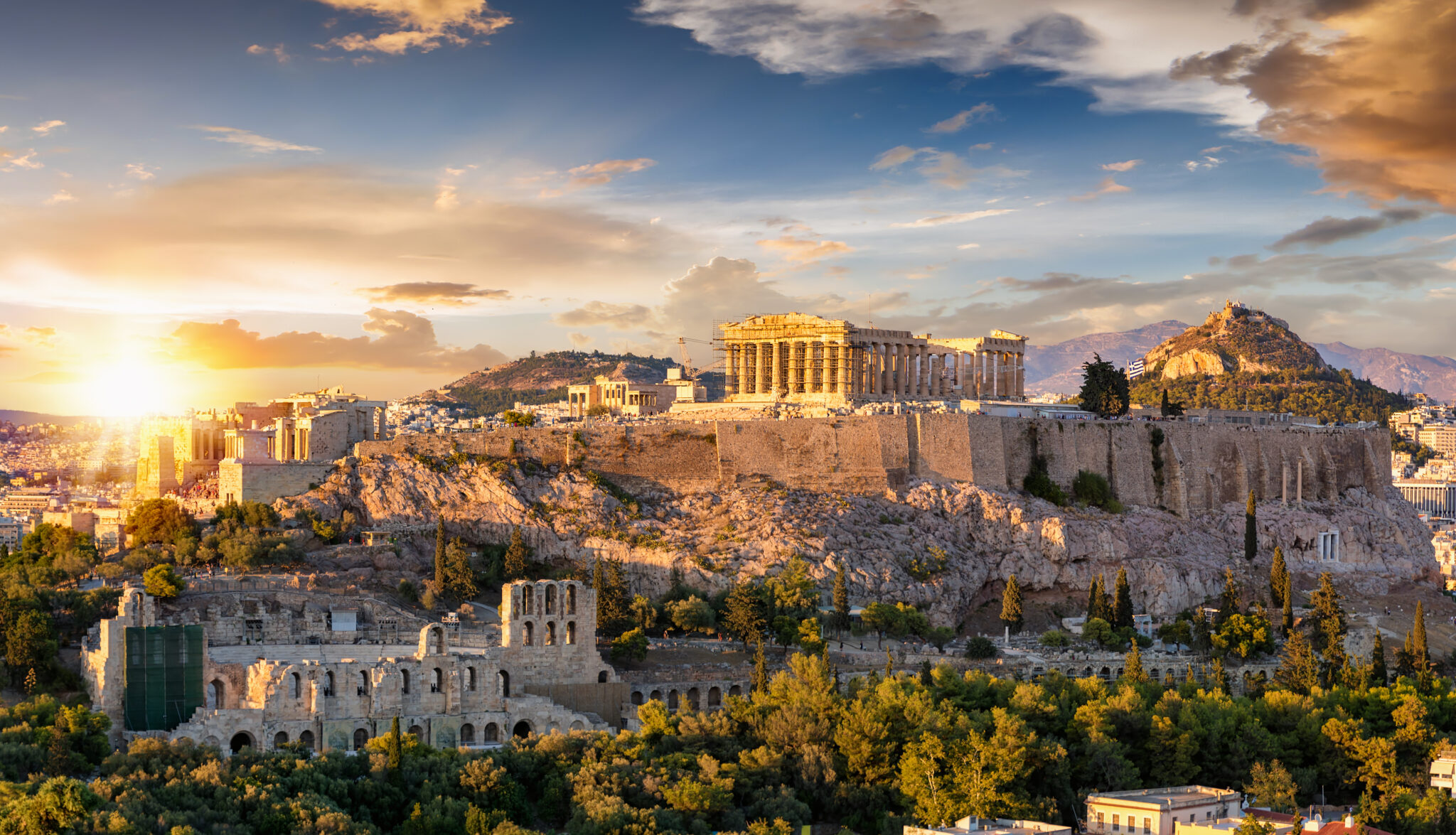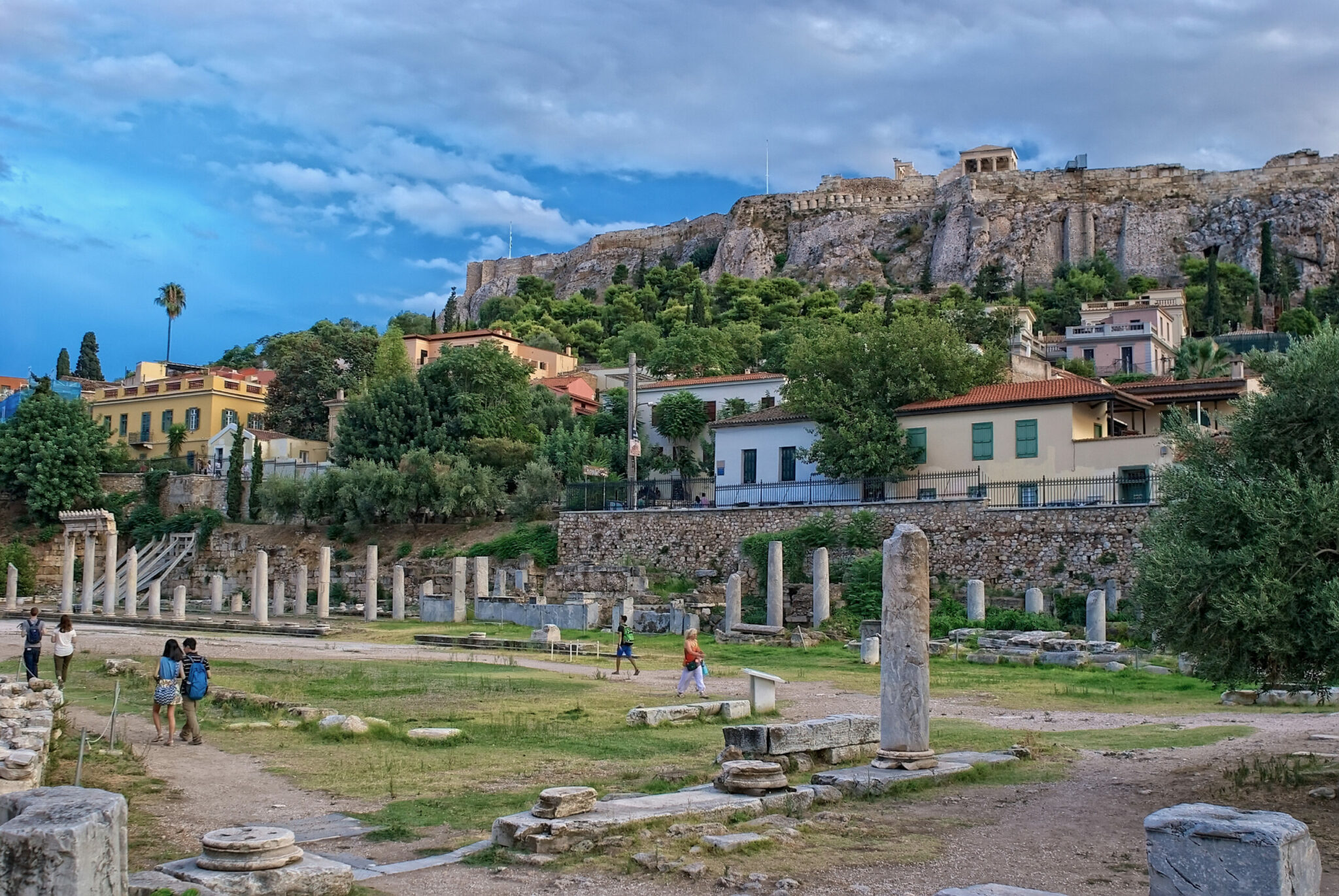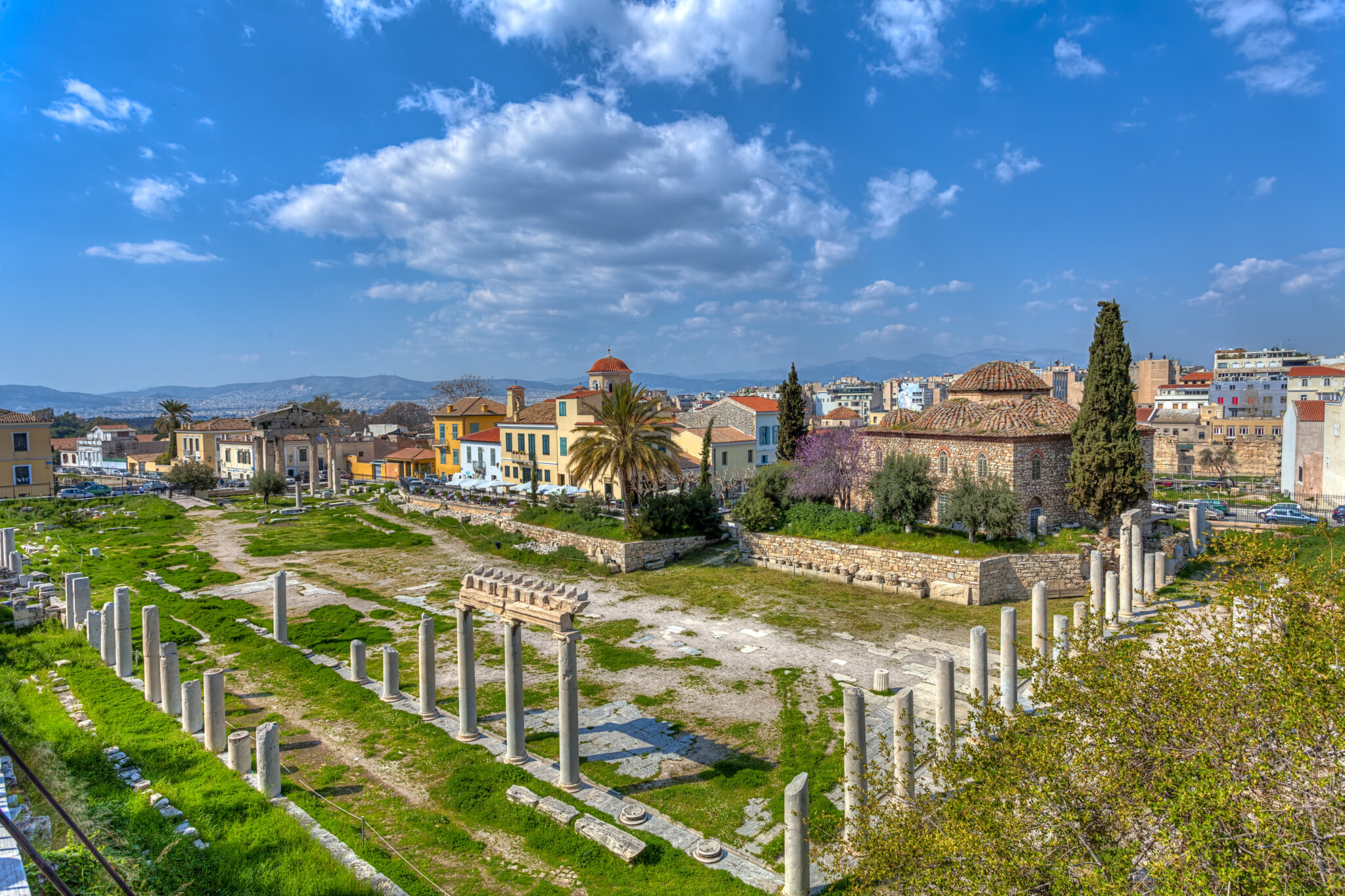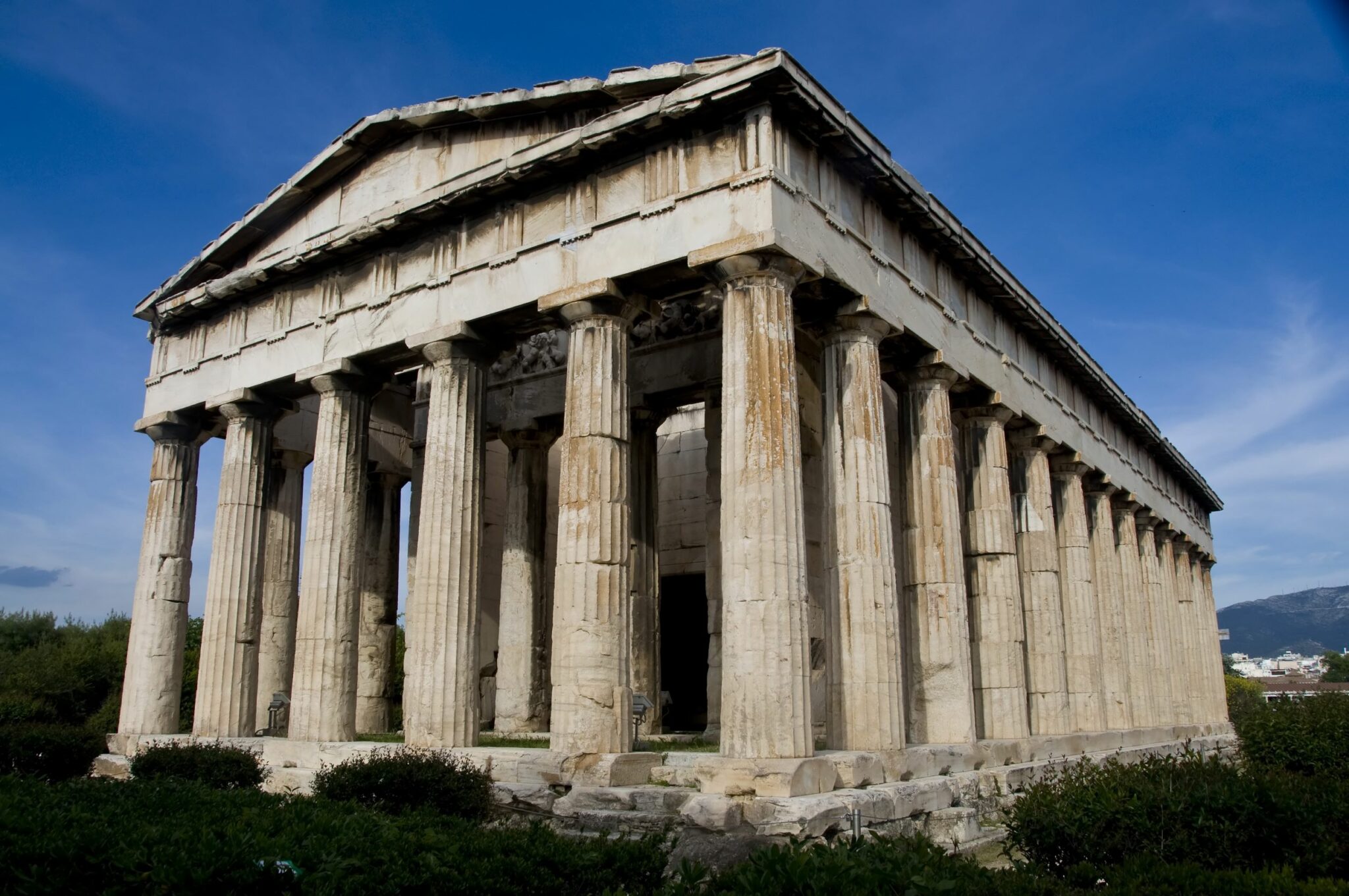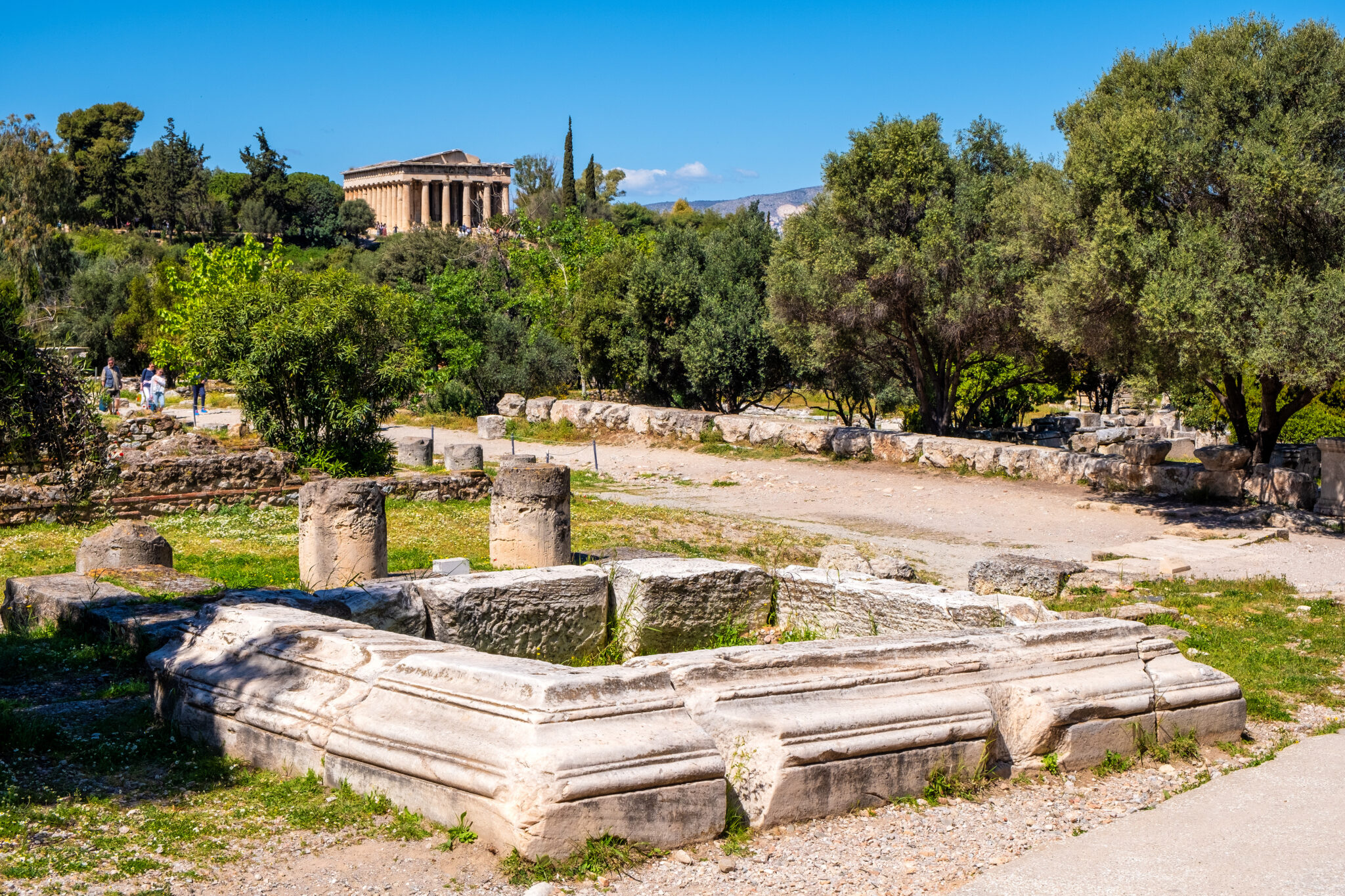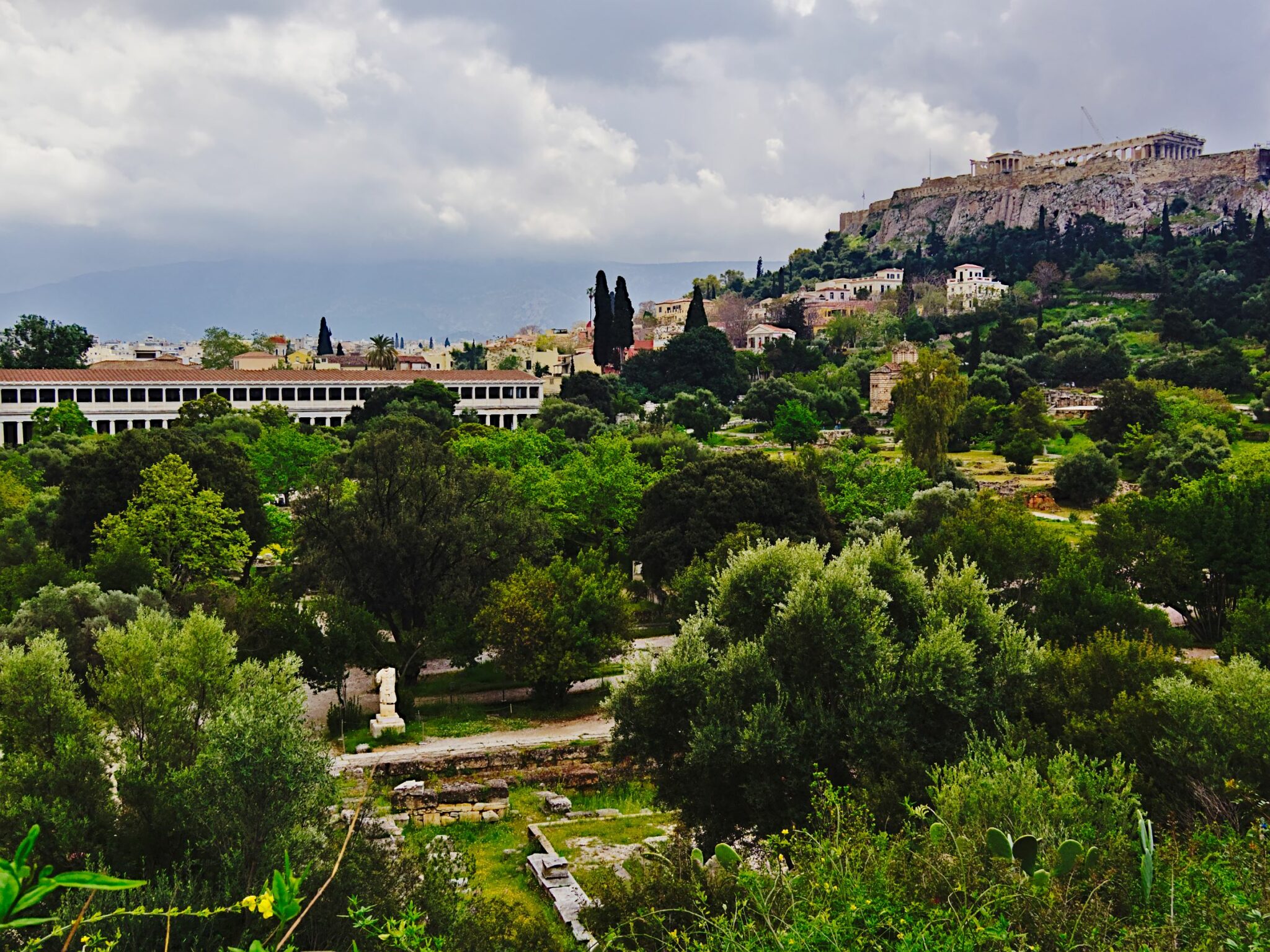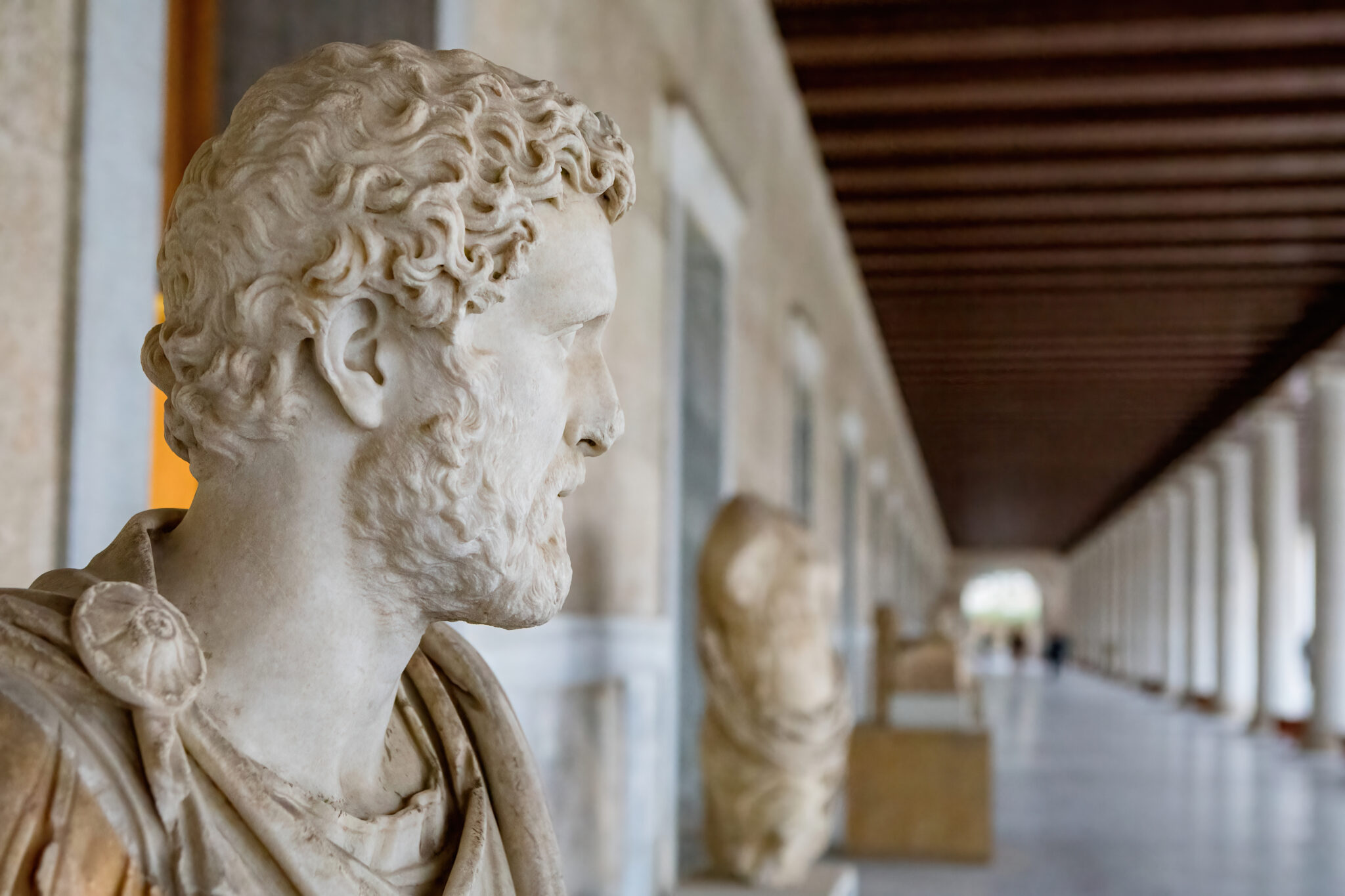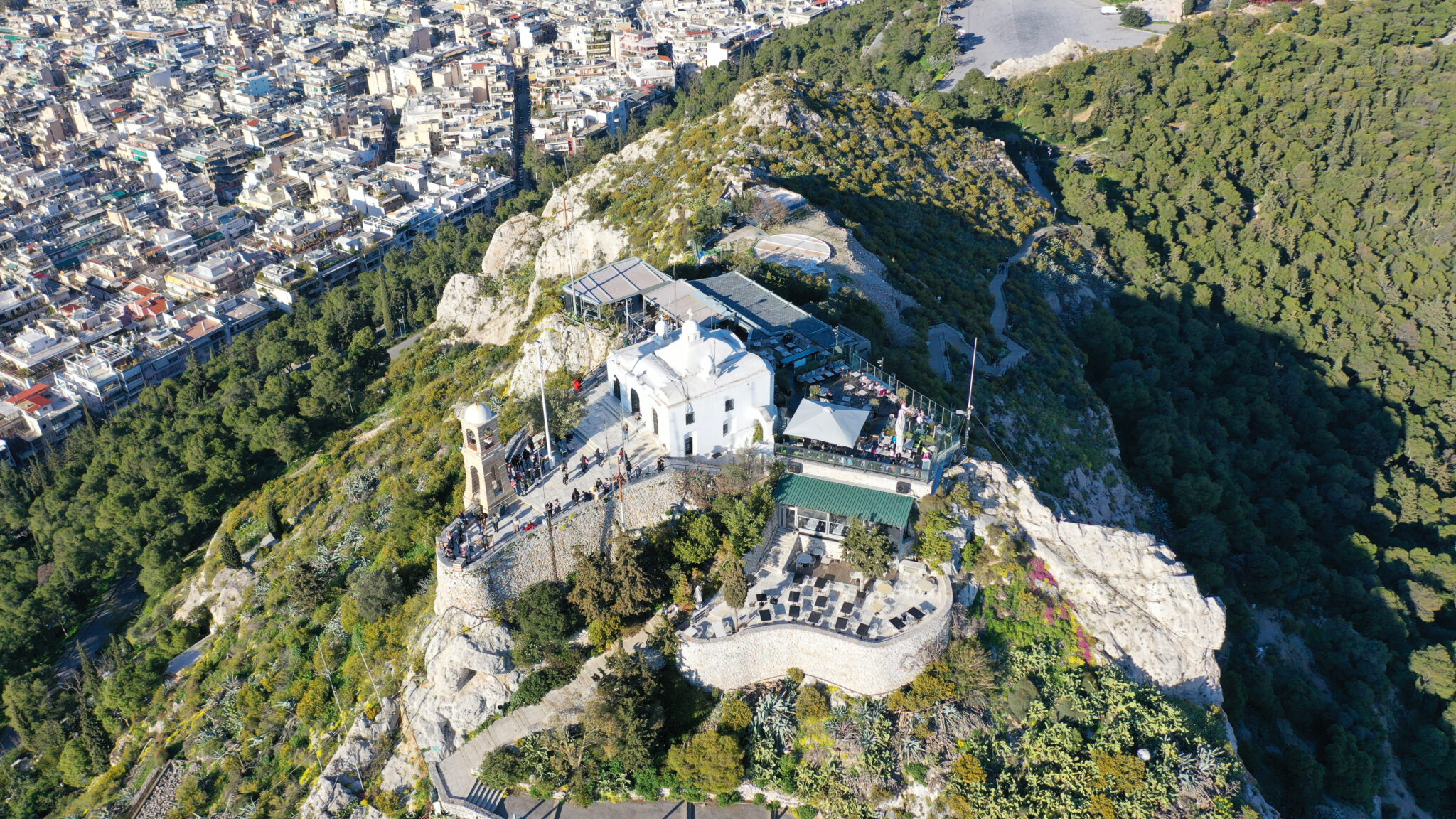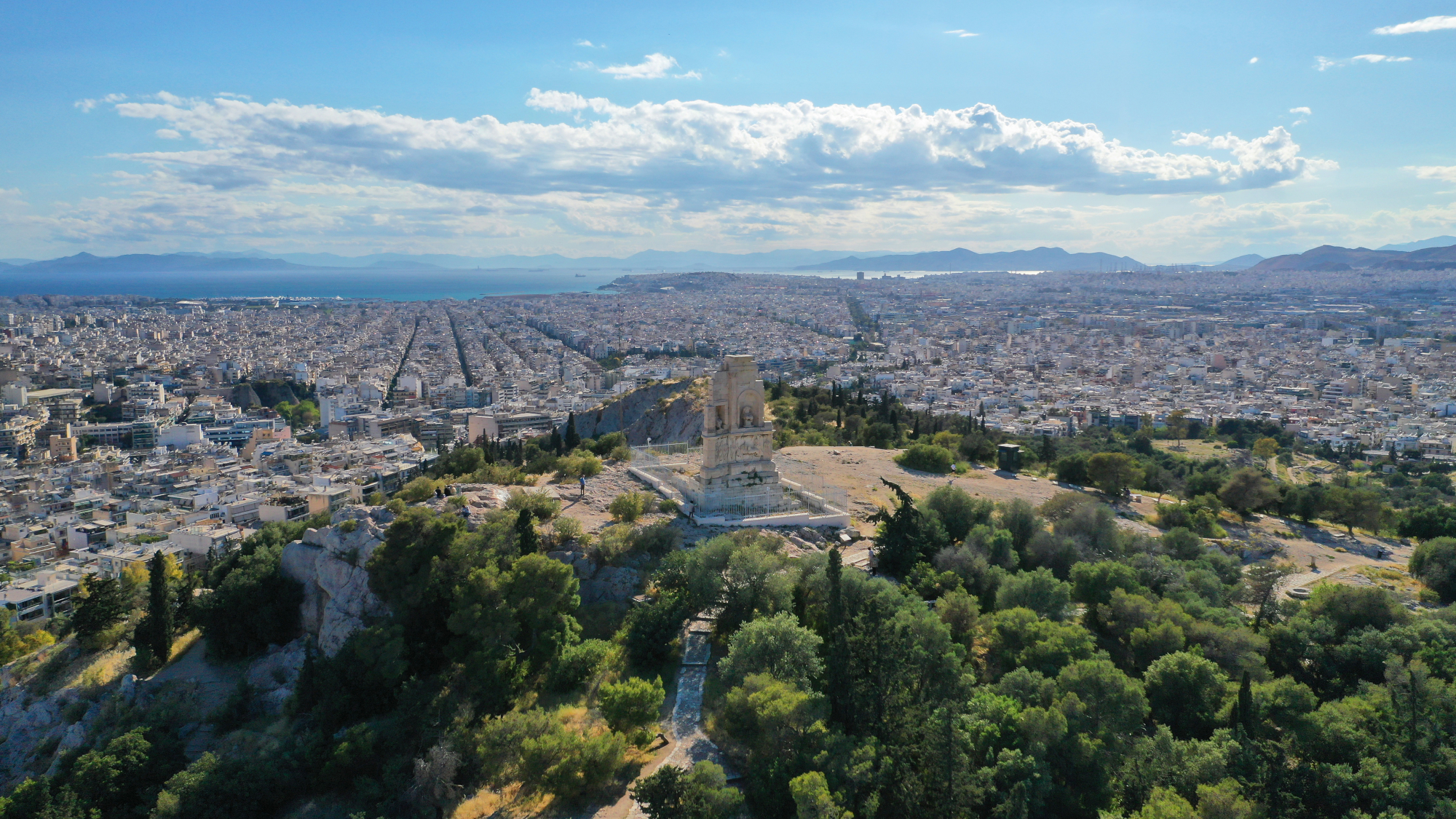A meticulously preserved representation of the grandeur of classical Greece, the Ancient Agora of Athens narrates its tales of antiquity. Humbly standing between the Acropolis and the hill of Areopagus, it is coursing with stories of public discourse, political maneuvers, and economic transactions. Today it may just look like an archaeological site, but once, this space was the pulsating heart of ancient Athens.
The Agora was the quintessence of democracy in action, nurturing vibrant civic and religious activities, a bustling marketplace, and a critical judicial center. The earliest evidence of habitation dates back to the Late Neolithic period, circa 3000 BC. Solon, the great lawgiver, designated it as a public space in the sixth century BC. From then onwards, the Agora witnessed multiple restorations, finally achieving its final rectangular layout in the second century BC.
Stoic against waves of invasions and destructions – the Persians in 480/79 BC, the Romans in 89 BC, and the Herulae in AD 267 – the Agora’s resilience is emblematic of the Athenian spirit. With the fall of the Byzantine Empire and Athens’ appointment as the capital of the independent Greek state in 1834, the Agora found itself immersed in domestic life once again. Its story was forgotten until the systematic excavations initiated by the American School of Classical Studies in 1931.
01
The Hephaisteion
Sitting on Agoraios Kolonos hill, (a small elevation, more of a hump than a hill) the Hephaisteion, also known as the Theseion, anchors the western edge of Athens’ Ancient Agora. This 5th-century BC temple, paying homage to Hephaestus, the divine blacksmith, and Athena Ergane, goddess of crafts, stands as a vivid testament to the artistic mastery of ancient craftsmen.
This remarkably preserved ancient temple owes its longevity to its transformation into a Christian church. Evidence of historic metallurgy workshops in the vicinity supports the temple’s dual worship of Hephaestus (god of fire, metalworking and blacksmiths, craftsmen and artisans) and Athena Ergane (goddess of craftsmen and artisans), thus debunking theories of it being dedicated to other deities like Theseus, Hercules, or Ares.
Initiated between 460 and 420 BC by an unidentified architect, the Hephaisteion embodies distinctive architectural elements consistent with other structures throughout the Attica region. Constructed entirely from Pentelic marble, the temple boasts sculptural adornments carved from Parian marble.
Within the cella, a double colonnade in the form of a Greek “Π” frames the ceremonial bronze statues of Hephaestus and Athena, crafted around 421 to 415 BC by Alkamenis. Metopes portraying Hercules’ feats adorn the eastern colonnade, while depictions of Theseus’ feats on the north and south sides likely gave the temple its nickname ‘Theseion’.
Over the centuries, the Hephaisteion underwent various transformations. The Hellenistic period saw ornamental pot plantings around the temple, later uncovered during excavation. In the seventh century AD, it transitioned into the Christian church of St. George Akamas until Greece’s liberation from Ottoman rule. The temple then served as a burial site, a venue for King Otto’s reception in 1834, and briefly as an archaeological museum, before excavations began in the Ancient Agora in 1930.
02
The Tholos
The Tholos in the Agora stands out as a uniquely round structure, its design punctuated by six interior columns and an east-facing propylon added in the 1st century BC. Serving as the hub of the prytaneis – the executive arm of the Boule (Council) – this historic building bore witness to the rotation of power, where each of the ten tribes took turns administering the state over a span of 35 or 36 days.
This ancient space was more than just an administrative center. The Tholos also served as a communal dining space for those in office, with one-third of the elected officials staying overnight, thereby ensuring the continuous presence of authority. It was also where the official weights and measures for Athens were housed. Built atop a mid-6th century BC structure with a similar purpose, the Tholos remained operational until about AD 400.
03
Bouleuterion
The New Bouleuterion, a vestige of classical Athens, served as the crucible of democracy, hosting the 500-strong Council, a diverse delegation of Athenians chosen annually from each of the city’s ten tribes. This rectangular prostyle edifice held a critical role in Athenian governance: here, the Senate crafted the bills which later faced the scrutiny of the Ekklesia of the Demos, the broader assembly of citizens.
Notably, in the latter half of the 4th century BC, the entrance gained a monumental Ionic propylon, situated immediately south of the Old Bouleuterion. Despite its modest preservation, the New Bouleuterion, with its historic significance and architectural novelty, remains a captivating testament to ancient democracy.
04
The Church of the Holy Apostles of Solaki
Built on the cusp of a new millennium, around 1000 AD, the Church of the Holy Apostles of Solaki is imbued with a tangible sense of history that seeps from the ancient stones of its edifice. Seated partly atop a 2nd-century AD Nymphaeum, the church provides an exquisite spectacle of Byzantine artistry, a still point in our turning world. The original design was a Greek cross inscribed in a square, a harmony of quadrants and curves, resting on four marble columns. It has ornate terracotta embellishments and patterned designs, echoing the aesthetics of the city of Kufa, Iraq.
Through the centuries, the church has adapted, extended, repaired, yet remained a beacon of resilience. Its four phases of construction bear silent witness to the march of time. A proud survivor among the Athenian Agora, it underwent a significant restoration between 1954-1957, bringing it back to its former grandeur. Its marble floors and Holy Table remain, marked by the footprints of countless worshippers. There are surviving frescoes from the 17th century in the central part of the church, while other frescoes have been carefully relocated from other nearby temples.
05
Stoa of Attalos
A gift from Attalos II, King of Pergamon, the Stoa of Attalos in the Ancient Agora of Athens, carries the weight of centuries. The king’s dedication, engraved on its lower colonnade, narrates a tale of the building’s royal heritage. An impressive structure, the stoa has a 120-meter long façade and originally housed two levels of 21 shops flanked by colonnades. It was a marketplace, a meeting place, a place of life.
The Stoa features a combination of Doric and Ionic columns. Ravaged by the Herulae (the Germanic tribe) who sacked Athens in 267 AD, its ruins were later folded into the Late Roman Wall. Resurrected in the 1950s by the American School of Classical Studies, with financial support from John D. Rockefeller, Jr, the Stoa of Attalos is now a phoenix reborn.
The Museum of the Ancient Agora
Inside, the Museum of the Ancient Agora welcomes visitors with a wealth of relics that whisper the stories of Athenian history, from the Neolithic to the Post-Byzantine and Ottoman periods. These artifacts present a mosaic of public and private life, of civic responsibilities and political intrigue. The names of illustrious personalities from the 5th century BC etched on pottery shards; a marble stele proudly displaying an anti-tyranny law from 336 BC; black and red-figured pottery, lamps, figurines, coins, and jewelry, each with their own tale to tell.
Finally, the Upper Stoa Exhibition, inaugurated in 2012, presents a carefully curated collection of Athenian sculptures. From classical and Hellenistic works to Roman portraits and the official busts of statesmen, this exhibition invites the viewer into the very heart of Athenian identity, from antiquity to late antiquity. Visitors are offered a multifaceted glimpse into the past, all while enjoying an unparalleled view of the Agora, the Pnyx, and the Acropolis, the ancient topography of Athens itself.



